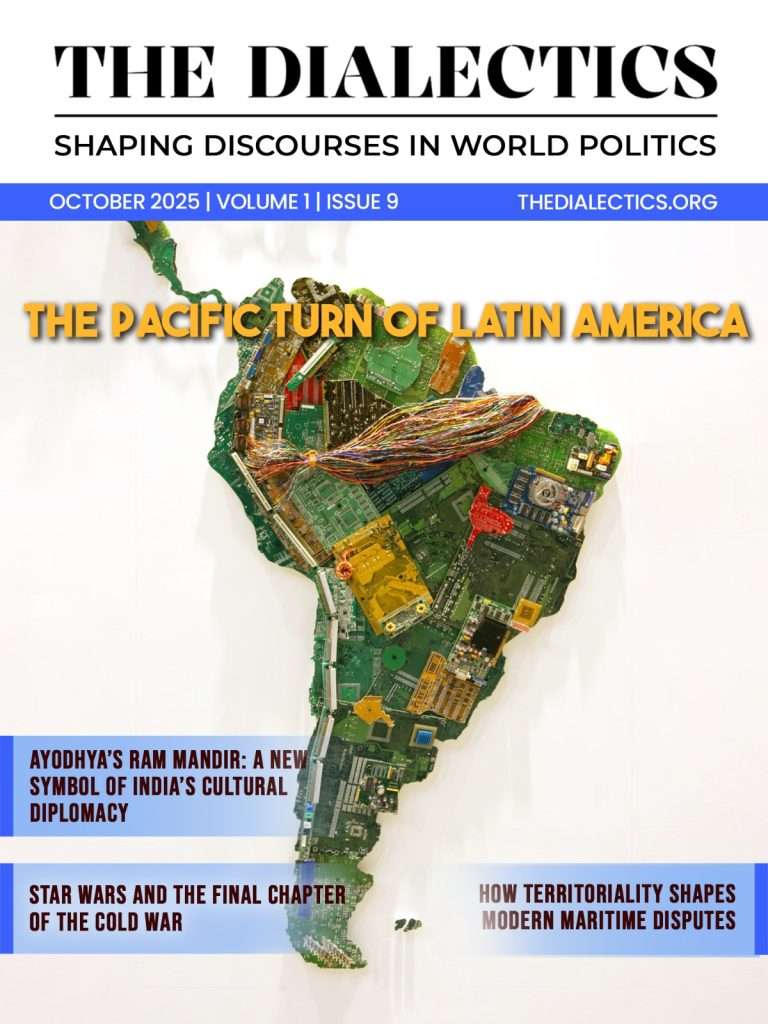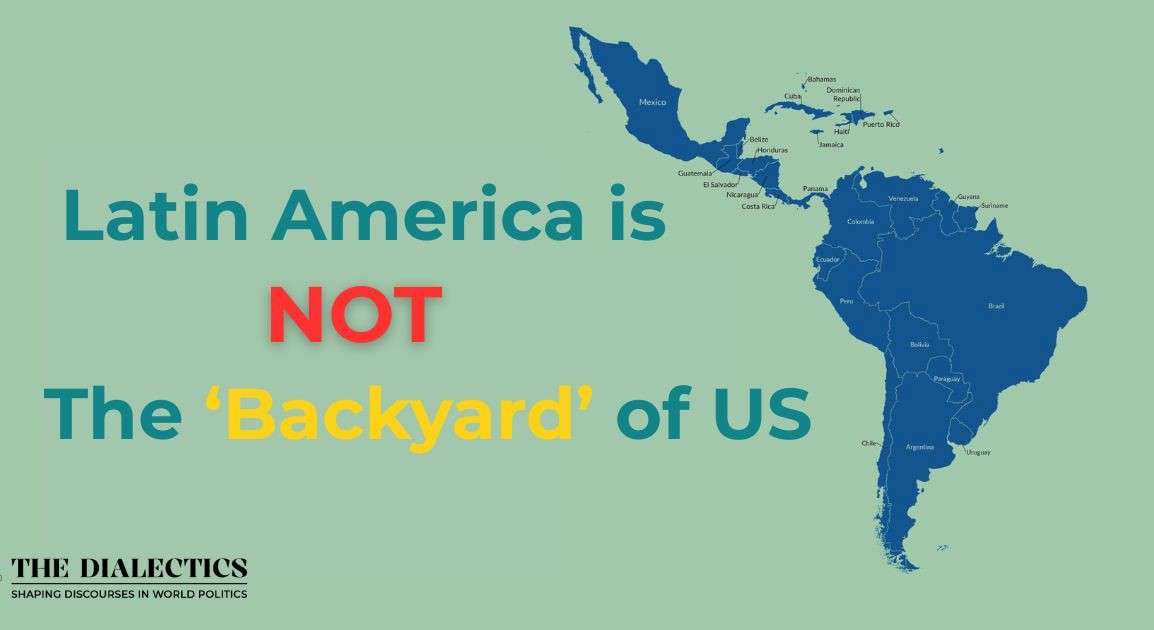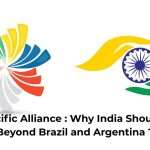The history of Latin America and the Caribbean (LAC) can very well be understood by the saying of the former Chilean President Ricardo Lagos, “In this world of four, we don’t exist”. Here he referred to the US, Russia, Europe, and China. As seen by the rest of the world as the backyard of the United States, Latin America has always been seen as a third entity, as demonstrated during the cold-war. The US was responsible for toppling democracies to bring upon authoritarian rule or vice versa in certain states such as Bolivia, Brazil, the Dominican Republic, Guatemala, Panama in order to benefit US national interests. The Cuban missile crisis has demonstrated Russia’s interests in the hemisphere, which also set the US defences to DEFCON 3 indicating the volatility of the region.
But with the end of the cold war, we see lesser external influence in the region’s domestic politics, this created room for the local governments towards self-determination. Although the region’s local politics is riddled with instability, some countries like Brazil, Chile, Mexico, and Argentina have been able to maintain certain growth. While Venezuela and other nations are suffering from the resource curse, which is characterized by high levels of instability, corruption, and inability to diversify their sources of economic income. Despite having a lot of natural resources, they have lost their way to growth. Another example would be Haiti with a myriad of human rights issues and failing state governance.
As it has been said before Latin America is a region facing its back towards the Pacific, what it means is that most of its linkages are transatlantic towards Europe, as Latin America was also once a victim of European colonisation. Today, the times have changed. The world is no longer unipolar, it has become Multipolar, Brazil possesses a prosperous economy and is also in the BRICS grouping, Argentina, Mexico, and Brazil are G20 members. Thus Latin American countries today represent an important voice of the global south.
The Chinese have, over the years, significantly invested in the Latin American region where it has surpassed other countries in order to be the number one trading partner with the region. As seen by the world as the backyard of the US and given the US-China rivalry, this demonstrates a major shift in the region’s geopolitics.
The region is blessed in abundance with natural resources from copper and gold to agricultural products to rare earth metals. With the onset of new technologies and artificial intelligence, the region of Latin America will have a major role to fill in the energy security sector for the world. It is quite notable that Argentina, Bolivia, and Chile are known as the Lithium triangle since together these countries have the highest lithium reserves in the world today with more than 75% of the world’s supply. At the same time, massive oil deposits have lately been discovered in Guyana and Suriname.
Geographically the region of Latin America is difficult to traverse since most of its lands have dense jungles and mountains, due to this most of the ships travelling from Atlantic to the Pacific either go through the Panama Canal (Darian Gap) or all the way below South America thus transportation has always been an obstacle in the region. Although there is a landmark project underway to address this issue which is the Bi-oceanic corridor, a transcontinental highway connecting Brazil’s coastline to the ports of Chile via Paraguay and Argentina. Peru, with the Chinese, has been building the port of Chancay which is one of the biggest ports in the world that will deeply connect the region with Asia.
With the Indo-Pacific region becoming a focal point of geopolitical strategies in the world today, Latin America’s Pacific rim makes it an equal part of the Indo-Pacific framework. The region, which once had its back to the Pacific, is now slowly turning towards it, as countries like Columbia and Chile are actively engaging in discussion about the Indo-Pacific. Latin America’s significance in the Indo-Pacific comes at a time of US-China rivalry, trade disruptions and the threat of US tariffs making it more complicated for the countries in the region to exercise strategic autonomy. Hence today the countries in Latin America have also ventured out into looking for newer partnerships given the volatility of their older ones, making countries like India and Japan ideal for collaboration.
Regional groupings like MERCOSUR, and the Pacific Alliance are further enhancing the interconnectedness within the region. With a significant younger population, the Latin American region is striving to move forward in the international arena and be more vocal in the global south. As the Chinese export more finished products and import raw materials from Latin America, the area needs to diversify its sources of economic wealth, development and manufacturing in order to escape the resource curse. Therefore, today Latin America is not like before it is developing and forming its own identity in the world while forming new and effective partnerships.




